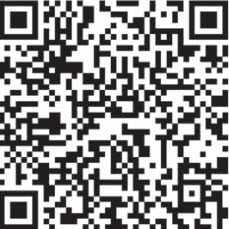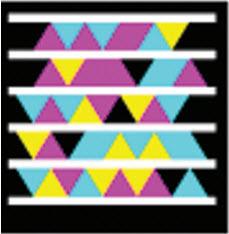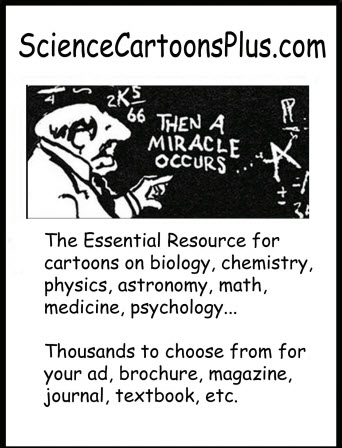Every Picture Tells a Story: Using 2D Tags in Science
Made possible by the convenient technology of smartphones and mobile devices, the proliferation of 2D tags in marketing and advertising is evident everywhere in the commercial space today. Also known as 2D barcodes, matrix barcodes, or snap tags, 2D tags allow companies and publications to connect interactively with customers in new ways.
A Microsoft Tag on the cover of Food & Wine provides access to the behindthe-scenes Best New Chef videos, and the tag in a Pillsbury ad connects consumers to meal ideas and coupons. A strategically placed quick-response (QR) tag in a restaurant window in New Jersey allows customers to learn more about Ethiopian coffee, and a tag in another links to a menu or review by a local food critic. QR tags next to paintings in the Smithsonian American Art Museum augment the visitor experience, and a photo exhibit in the Adler Planetarium presents 50 astronomical images, each displaying a Microsoft Tag. A WineInfoTag on a bottle of cabernet sauvignon delivers tasting notes, food pairings, and ratings; and scanning a tag on a sign at a zoo gives children the opportunity to collect a grizzly bear stamp for their electronic passports—collect 10 stamps and get a free ride on the wildlife carousel.
The technology behind 2D tags is sophisticated, but the concept itself is fairly simple. A 2D tag is a printed barcode that contains rows and columns of encoded information. It’s called a two-dimensional barcode because the information is arrayed on both an X axis and a Y axis, unlike a traditional barcode that runs horizontally in one dimension. When a tag is scanned with a mobile device or smartphone that uses a built-in camera, an Internet connection, and the appropriate tag-reader app, the user is directed to a specific URL target or provided with relevant information.

The first 2D Tags—QR tags (or QR codes; Figure 1)—were introduced in 1994 by the Toyota subsidiary Denso Wave Inc to track auto parts. The technology was soon adopted by the commercial sector and became popular in Japan. Now that the idea has caught on in Europe and the United States, new competitors have appeared, including, most prominently, Microsoft Tag (Figure 2).

In a QR tag, data are stored in square pixels; the tag can vary in size, depending on the amount of data contained in it. A Microsoft Tag comprises triangles and colors. Rather than store the data in the tag, as a QR tag does, the shapes and colors store a unique ID that is sent to a server where reference data are stored.
What can this commercial marketing technology possibly have to do with the publication of science? With some imagination, it’s easy to see that the concept of 2D tags does have some application. At Allen Press, for example, we’ve introduced the idea as another way to add value to print in a multi-channel world. Placing tags in the print version of a journal can help to develop a richer reader experience, create synergy between the print and online presence, provide faster access to online information, and boost the value of advertising in the publication.
A tag can direct readers to a preprint, the online version of an article, more information about the article or its authors, the journal-hosting Web-site landing page, books and other publications for sale, open-access or pay-per-view content, and post-publication comments. A tag might also link to supplementary data, appendixes, or multimedia content not available in the print journal. For journals that print in black and white, a tag can connect to an online color version. To facilitate society business, a tag could navigate to a society membership application or membership renewal site. Other uses might include errata, promotions, program and abstract books, reprint ordering, access tokens for online articles, and online surveys. For annual meetings, tags could be generated and used in poster sessions or in exhibits to provide contact information or additional data.
Launching online supplementary data from a print article may not always be as exciting as a free ride on the wildlife carousel at the zoo, but 2D tags clearly provide some tangible benefits for augmenting and linking content in the realm of science.
This article was also printed in FrontMatter Volume 1, Issue 15.
TIM CROSS (tcross@allenpress.com) is a product marketing manager at Allen Press, Inc, Lawrence, KS, and CSE Membership Committee Chair.

